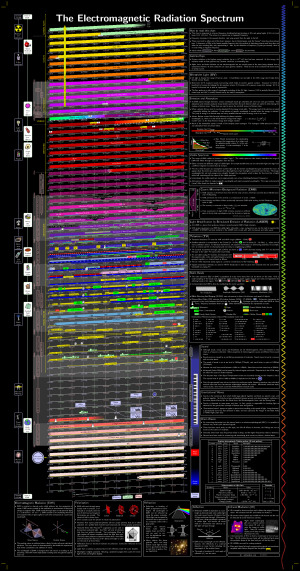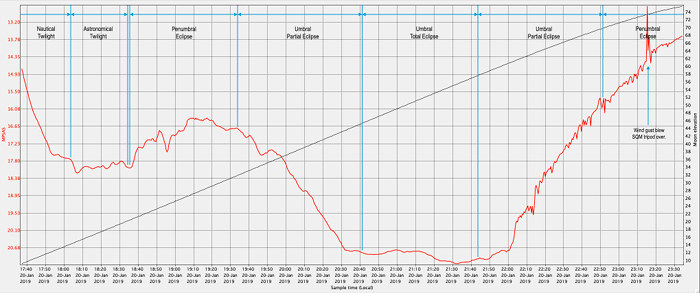21
General Discussion / SQMs strapped to a plane
« Last post by admin on December 31, 2019, 02:45:11 pm »Here is an interesting report by Phil Langill using two SQM-LU meters strapped to the side of an airplane:
Measuring and Monitoring Darkness at 10,000 feet (PDF)
Measuring a darkness baseline for new developments near the Rothney Astrophysical Observatory
Poster presented at the Starlight Conference in Lake Tekapo NZ back in October 2019
By Phil Langill – RAO Director, University of Calgary

Measuring and Monitoring Darkness at 10,000 feet (PDF)
Measuring a darkness baseline for new developments near the Rothney Astrophysical Observatory
Poster presented at the Starlight Conference in Lake Tekapo NZ back in October 2019
By Phil Langill – RAO Director, University of Calgary



 Recent Posts
Recent Posts



